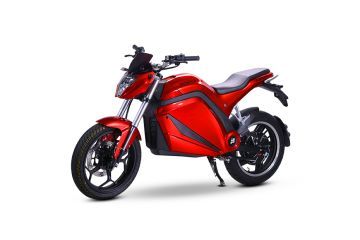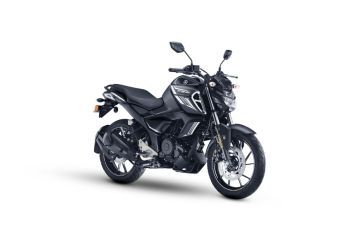|
|
| Swappable battery |
|
|
| Engine Type |
|
Air cooled, 4-stroke, SOHC, 2-valve
|
| Engine Displacement |
|
|
| Max Power |
|
|
| Max Torque |
|
|
| Emission Type |
|
|
| Bore |
|
|
| Stroke |
|
|
| No Of Cylinders |
|
|
| Drive Type |
|
|
| Battery Warranty |
|
|
| Valve Per Cylinder |
|
|
| Motor Warranty |
|
|
| Fuel Type |
|
|
| Compression Ratio |
|
|
|
|
|
|
|
|
| Mileage (City) |
|
|
| Mileage (Highway) |
|
|
| Mileage (Overall) |
|
|
| Top Speed |
|
|
|
|
|
| Tyre Size |
Front :-110/70-17 Rear :-140/70-17
|
Front :-100/80-17 Rear :-140/60-17
|
| Peak Power |
|
|
| Wheel Size |
Front :-431.8 mm,Rear :-431.8 mm
|
Front :-431.8 mm,Rear :-431.8 mm
|
| Tyre Type |
|
|
| Radial Tyre |
|
|
| Wheels Type (Pressed Steel/ Alloy) |
|
|
|
|
|
| Seat height |
|
|
| Length*Width*Height |
|
|
| Wheelbase |
|
|
| Length |
|
|
| Ground Clearance |
|
|
| Height |
|
|
| Width |
|
|
| Fuel Capacity |
|
|
| Kerb Weight |
|
|
| Tail Light |
|
|
| Saddle Height |
|
|
| Front Brake Diameter |
|
|
| Rear Brake Diameter |
|
|
|
|
|
| Battery Type |
|
|
| Motor Type |
|
|
| Additional Features |
Central Breaking System, Ride Modes - Eco 45 kmph | City 65 kmph | Turbo 85 kmph | Reverse - 2 kmph, (Optional - Geo Fencing, Emergency conact alert, Accident/Fall detection, App connectivity, Live location, GPS tracking, LTE Connection, Ignition control)
|
ECO Indicator, Side Stand Engine Cut Off Switch
|
| Claimed range |
|
|
| Call/SMS Alerts |
|
|
| Range |
|
|
| Fast Charging |
|
|
| Headlight |
|
|
| Charging at Home |
|
|
| Range (Eco Mode) |
|
|
| Battery Capacity |
|
|
| Charging at Charging Station |
|
|
| Range (Normal Mode) |
|
|
| Charging Time |
|
|
| Range (Sport Mode) |
|
|
| Turn Signal Lamp |
|
|
|
|
|
| ABS |
|
|
| Body Type |
Electric Bikes, Roadster Bikes
|
|
| Body Graphics |
|
|
| Instrument Console |
|
|
| Bluetooth Connectivity |
|
|
| Starting |
|
|
| Seat Type |
|
|
| Pass Switch |
|
|
| Display |
|
|
| Speedometer |
|
|
| Tripmeter |
|
|
| Charging Point |
|
|
| Gradeability |
|
|
| Low Fuel Warning Lamp |
|
|
| Clock |
|
|
| Low Battery Indicator |
|
|
| Passenger Footrest |
|
|
| Geo Fencing |
|
|
| Cooling System |
|
|
| Odometer |
|
|
| EBS |
|
|
|





